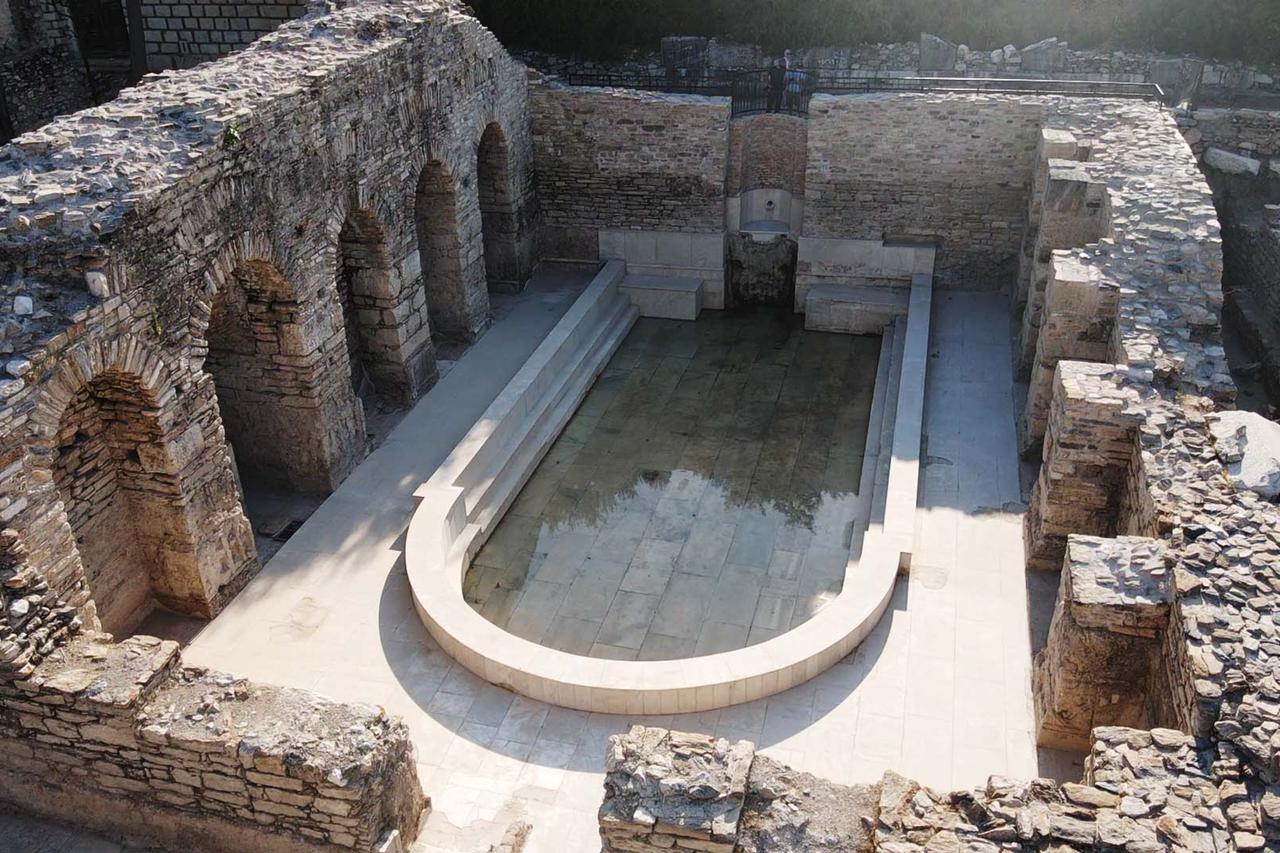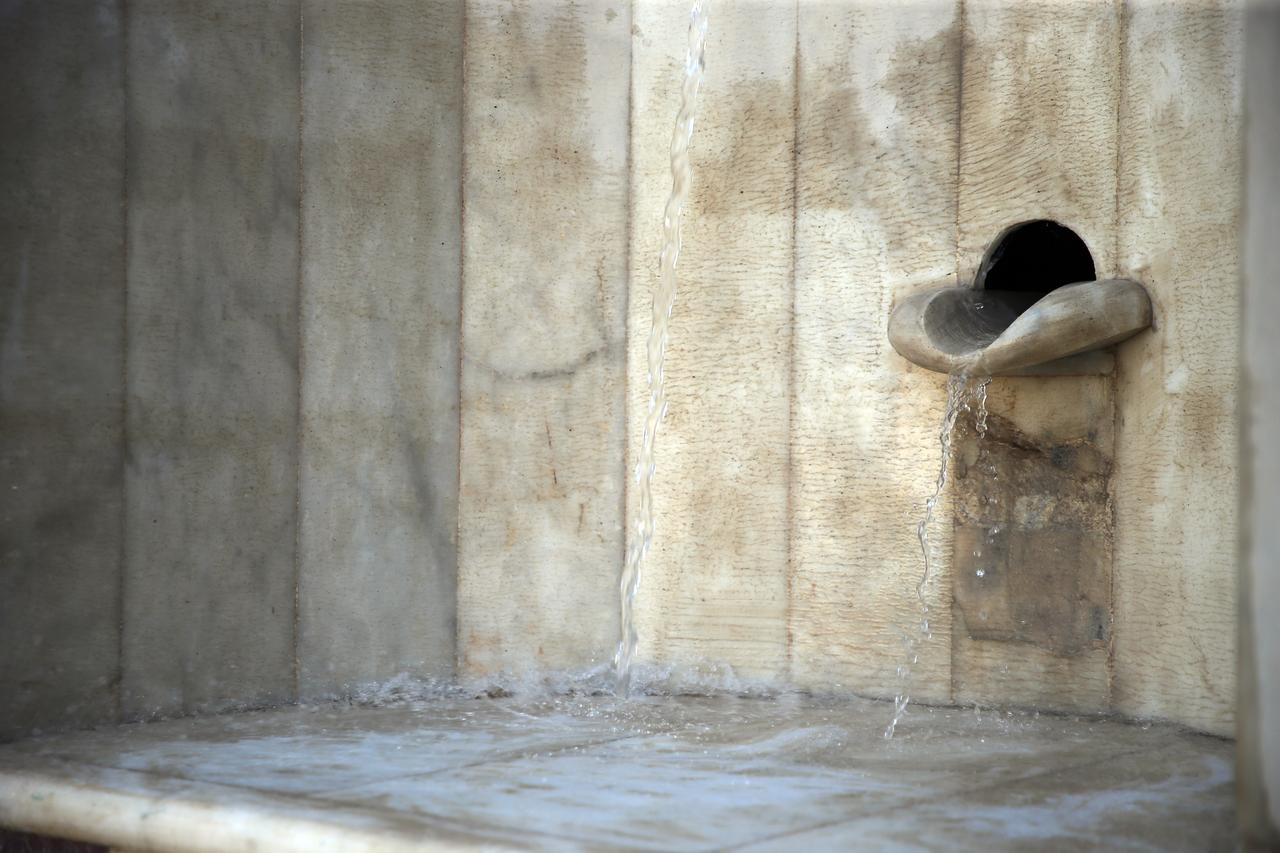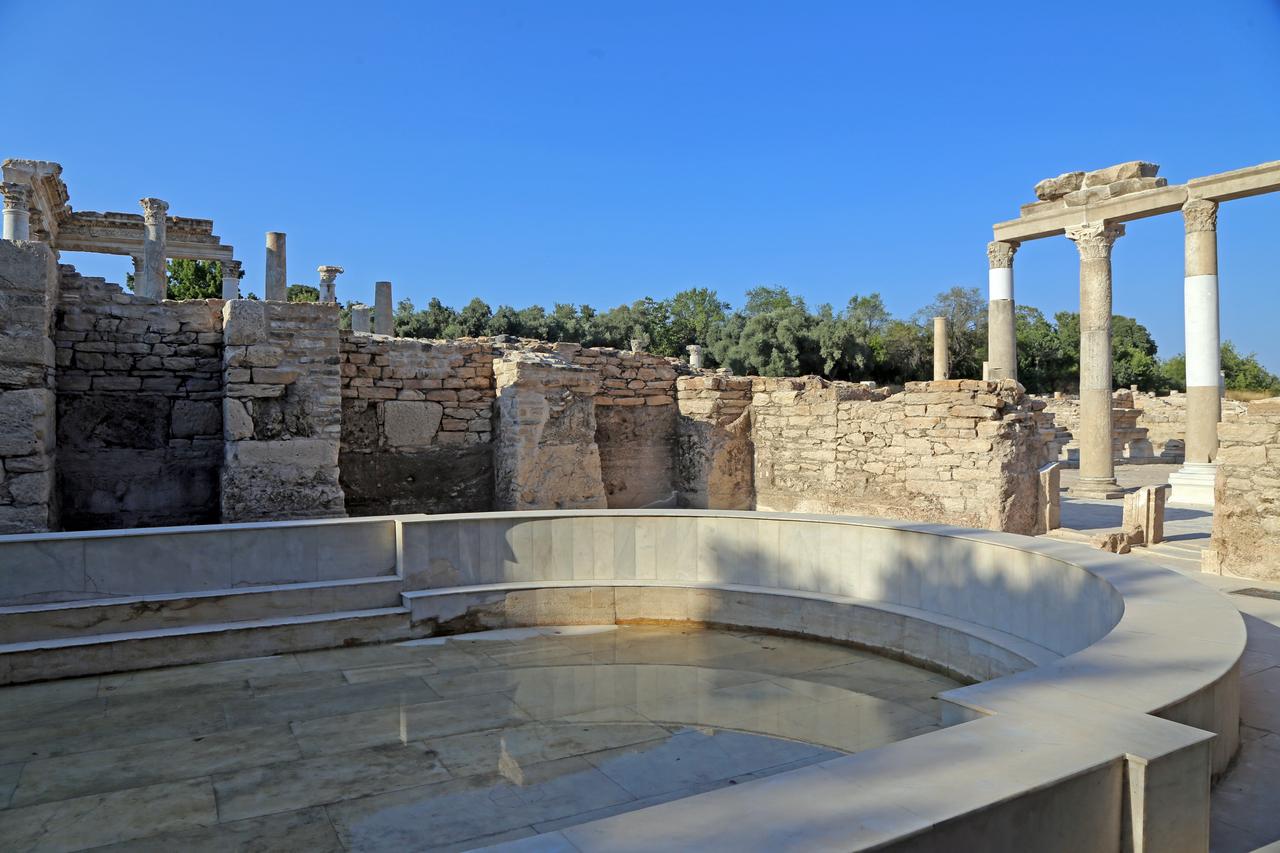
Water was let back into the restored Roman pool at Stratonikeia, or Stratonicea, near Yatagan in Mugla province, after excavation and conservation work were completed.
The fill was released through the same ancient channel that once supplied the pool, bringing the structure back to life and creating a new space for visitors to see how such baths worked in Roman times.

Stratonikeia—listed on UNESCO’s World Heritage Tentative List (a preliminary step before full World Heritage status) and long known as a “gladiators’ city” as well as one of the world’s largest marble towns—has seen the Roman-era pool run with water again.
The project team finished the excavation and conservation work and then let water flow into the pool through the original conduit, recreating the appearance and operation of the bath.
“We finished our excavation and conservation work here. We released water through the same channel used 1,900 years ago, and the pool began to fill.
It created an exciting atmosphere. In terms of leaving a legacy for the future, we have created a place that visitors can walk through and enjoy,” said Professor Bilal Sogut, head of the Stratonikeia and Lagina excavation team.

The work at the Roman bath was carried out as part of the Heritage for the Future project, a conservation initiative connected to the site’s broader restoration plan.
Excavations at Stratonikeia began in 1977 and have continued, bringing new finds to light and supporting restoration of the city’s historic fabric.

Stratonikeia preserves remains from multiple periods—the Hellenistic, Roman, and Byzantine eras, and later from the Mentese Beylik, Ottoman, and Republican periods—and ongoing fieldwork continues to document and conserve those layers.
The excavation and drawing programs have sought to carry out archaeological recording alongside physical restoration so the site can be read by visitors.
Officials said that on very hot days, some visitors tried to get into the pool, but staff have made it clear that the basin is for viewing only.
The intention is to show how these pools functioned in Roman times rather than to return them to active bathing use.